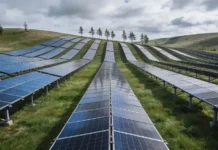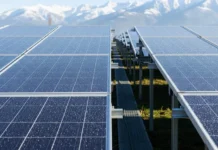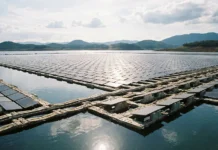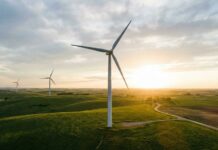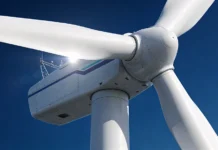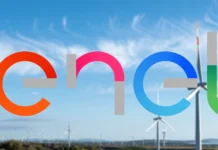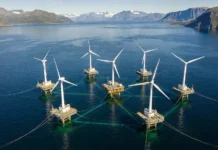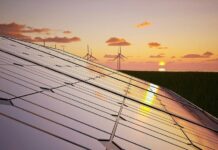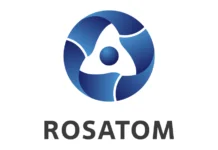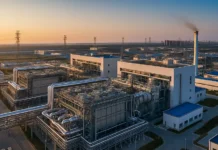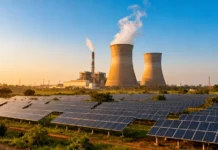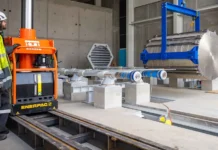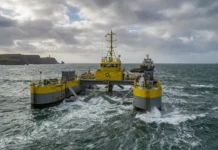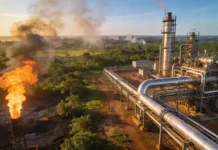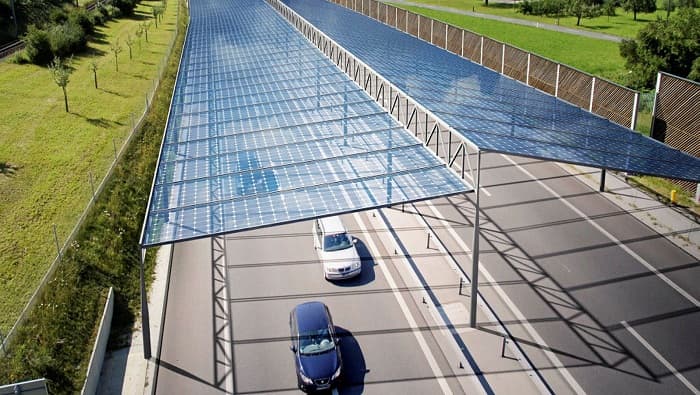European researchers set to build pilot of a PV canopy concept that could generate almost 10% of country’s electricity demand – and slow erosion of highway tarmac
Germany’s Autobahn, the country’s network of high-speed highways, enjoy a near-mythological status – not least for having inspired the synthesizer beat-laden 1974 album by electro-pop band Kraftwerk that is considered by many as the birth of techno music.
The Autobahn is a magnet for speed-freak petrolheads who – unlike anywhere else in the world – can drive as fast as they like here. But speeding also massively increases CO2 emissions, turning the highways of the country home to the Energiewende (energy transition) into a climate problem case.
Now German and Austrian researchers are trying to find out how the dense Autobahn network that covers 2.6% of the overall area of Germany, could instead switch gears to help the environment.
A three-year long project has started to assess whether canopies covering stretches of the Autobahn could be fitted with solar power systems and so contribute to the energy transition in Germany.
The theoretical potential is tremendous. Considering all 13,000km of the Autobahn network, assuming a width of 24 metres of a standard four-lane highway, and using PV panels with a capacity of 180 watts per square meter would result in a capacity of 56GW – more than the 49GW in blacktop Germany had installed at the end of last year.
This much PV canopy would produce some 47TWh of clean energy per year, according to Martin Heinrich, head of the PV module products team at Germany’s Fraunhofer Institute for Solar Energy Systems (ISE).
Factoring in Germany’s power consumption in 2019 that much solar power would meet up to 9% of the country’s power needs – or close to a third of the electricity consumption of its private households.
Obviously, not all stretches of the Autobahn can be covered. Parts of it run through tunnels, below bridges, or in shadowy stretches that would be uneconomic for solar power production.
Beyond power production, the researchers are also working with traffic engineering company Foster Industrietechnik to see whether PV canopies would offer added value for road maintenance, by protecting the tarmac.
The researchers now plan to build a demonstration roof on a 20-40 metre stretch of a Autobahn, probably in southern Germany, at the entrance or exit of a service area, for a one-year test programme to study energy yield and to monitor drainage, wind and snow loads, stability and impact safety, maintenance options and traffic safety.
EU aims to make green hydrogen cost-competitive within two years: leaked strategy document
The cost of building these solar canopies on the Autobahn is not entirely clear yet, but best estimates suggest they will be equal or higher than those of PV installations on private homes, which cost closet to €300/m2 ($355/m2) a square meter, and substantially more than ground-based arrays, which he estimates roughly to be €125/m2.



